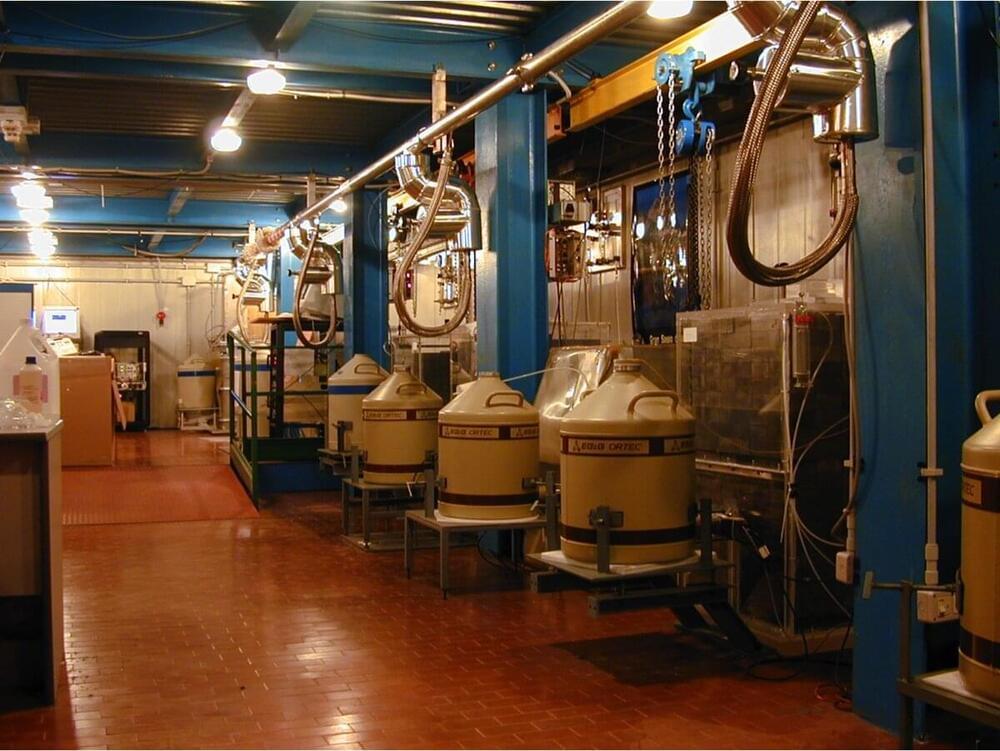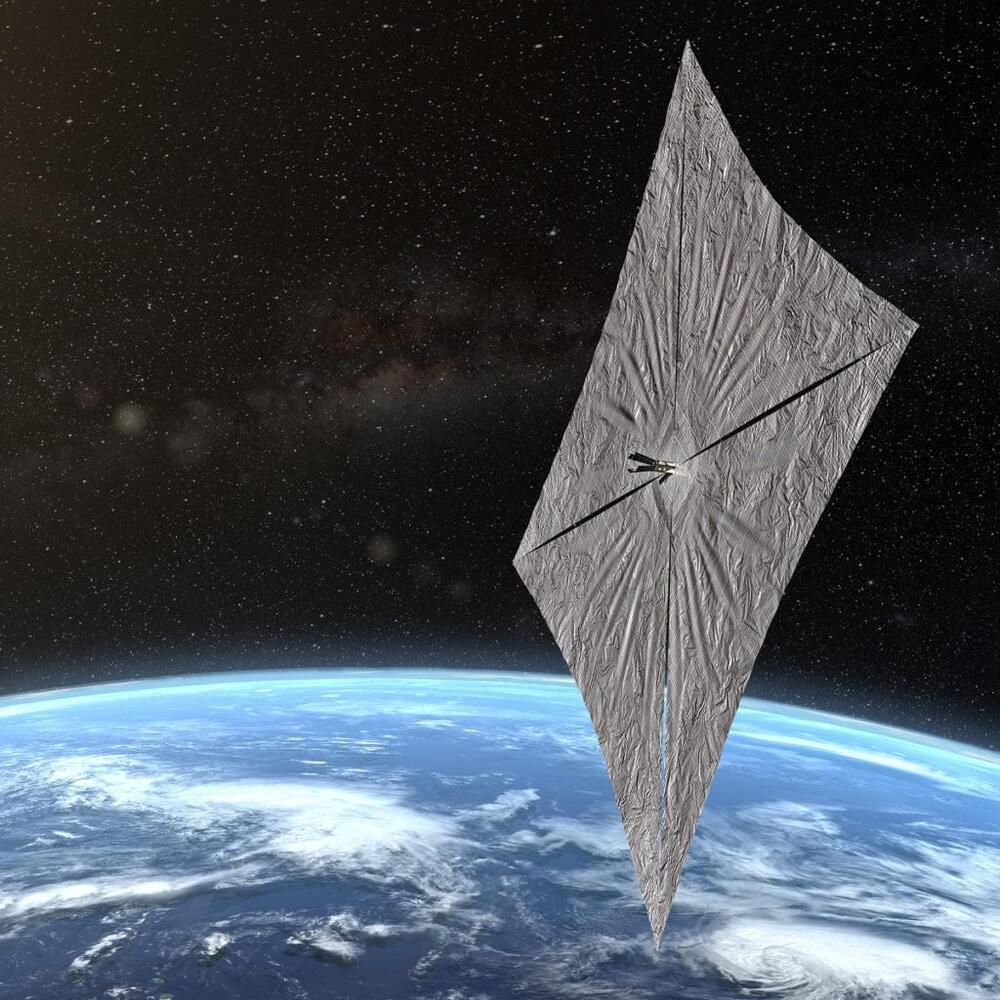Two weeks before his death, famed scientist Stephen Hawking published a research article predicting parallel universes and along with the end of our own.
Hawking and co-author Thomas Hertog published their results in “A Smooth Exit from Eternal Inflation,” outlining how scientists may also be able to discover other universes using spaceships. According to Hertog, Hawking completed the work on his deathbed, leaving a legacy worthy of the Nobel Prize.
“He has often been nominated for the Nobel and should have won it. Now he never can,” he told the Sunday Times.






